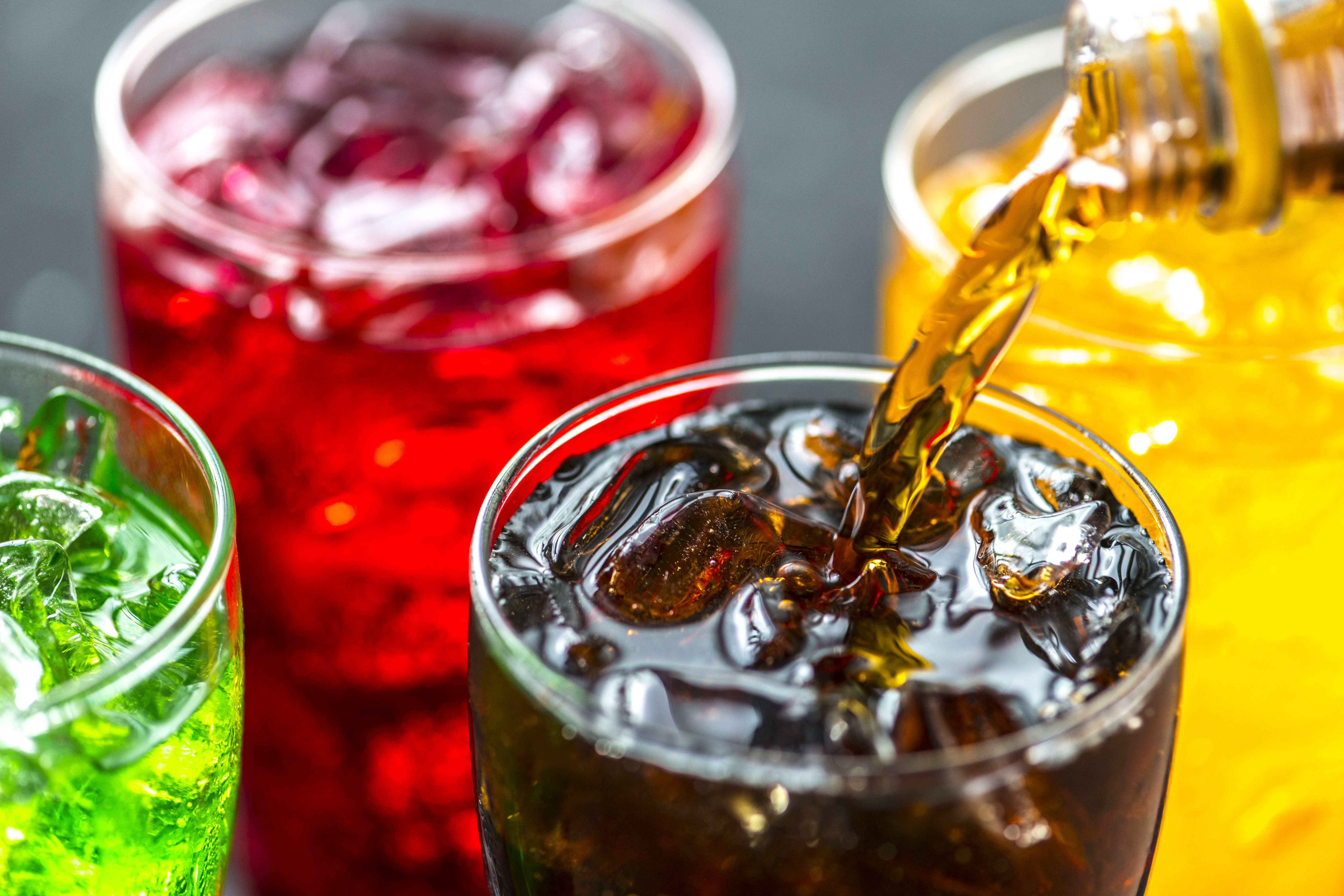Tapioca Syrup vs Glucose Syrup – Key Differences for Food & Beverage
Last updated: October 15, 2025 · Reading time: ~5 min

Objective. Help R&D and buyers choose between tapioca syrup and glucose syrup by comparing source & labeling, DE/viscosity, taste, and processing implications for beverages, confectionery and bakery.
Source & Labeling
| Aspect | Tapioca Syrup | Glucose Syrup |
|---|---|---|
| Origin | Cassava (tapioca) starch | Corn or tapioca starch |
| Positioning | Non-GMO, gluten-free; neutral taste | Specify origin (corn/tapioca) for market preferences |
| Clean-label angle | Often preferred in “non-GMO” markets | Varies by origin and certification |
DE, Viscosity & Process Behavior
| Property | Tapioca Syrup | Glucose Syrup |
|---|---|---|
| Typical DE | ~25–63 (grade-specific) | ~28–63 (grade-specific) |
| Viscosity | Low–medium; smooth mouthfeel | Low–medium; DE dependent |
| Crystallization control | Good in confectionery | Excellent in candies & fondant |
| Heat / pH stability | Robust across pasteurization | Robust; verify spec for process window |
Taste & Application Fit
Both syrups deliver clean sweetness. Tapioca is notably neutral for delicate beverages and fruit systems. Select DE to balance sweetness vs body, water activity and shelf-life.
Selection Checklist
- Origin/label requirements (non-GMO, gluten-free, tapioca vs corn)
- Target DE & solids for mouthfeel and sweetness
- Thermal/pH profile (HTST, UHT, baking)
- Crystallization control & shelf-life targets
- Cost-in-use & supply continuity
Need help choosing the right syrup grade?
We can match DE/Brix specifications and advise on process settings for your line.
FAQ – Syrup Choice
Is tapioca syrup always non-GMO?
Yes. Tapioca syrup is derived from cassava root, a naturally non-GMO crop. Most suppliers also certify their products as non-GMO and gluten-free, supporting clean-label claims in North America and the EU.
How does DE (Dextrose Equivalent) affect sweetness and body?
Lower DE syrups (DE 25–35) provide higher viscosity, mild sweetness, and better moisture retention — ideal for bakery and chewy confectionery. Higher DE syrups (DE 55–63) are sweeter, lighter in body, and preferred for beverages or soft candies.
Can tapioca syrup fully replace corn glucose syrup?
In most formulations, yes. Tapioca syrup behaves similarly in solids, viscosity, and crystallization control. However, its slightly different oligosaccharide profile can influence sweetness intensity and browning reactions — run pilot trials to confirm process behavior.
What about labeling and consumer perception?
“Tapioca syrup” or “cassava syrup” is viewed as more natural and less industrial than “corn syrup.” This supports premium and non-GMO positioning, especially in clean-label or organic product lines.
Which syrup performs better in high-temperature processing?
Both syrups are stable under heat and pH variations. Tapioca syrup offers a slightly higher tolerance to retrogradation, while glucose syrup is excellent in high-Brix confectionery due to its superior crystallization control.
Is tapioca syrup suitable for vegan and gluten-free foods?
Yes. It is plant-based, free from gluten, and widely used in vegan and allergen-free formulations. It also serves as a natural binder and humectant in cereal bars, coatings, and beverages.
Does tapioca syrup have a neutral flavor?
Completely. It contributes sweetness without adding any cereal or caramel notes, which makes it ideal for fruit-based and clear beverages where taste neutrality is essential.
What are the typical solids and viscosity ranges?
Commercial grades usually have 70–75 °Brix and viscosities ranging from 1,000–4,000 cP (at 25 °C), depending on DE value and solids. These parameters influence pumpability, coating thickness, and drying rate in finished products.
Explore the Sweeteners Knowledge Hub
Deep-dives for tapioca-based sweeteners, sugar reduction and clean-label systems:
- Tapioca Syrup vs Glucose Syrup — DE, viscosity and process fit.
- Maltodextrin DE Explained — texture, body and stability trade-offs.
- Allulose vs Sucralose — sweetness, bulking and formulation tactics.
→ Back to overview: Sweeteners – Applications & Specs
